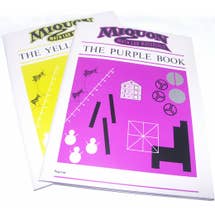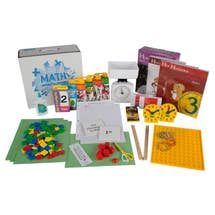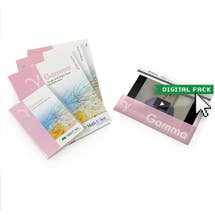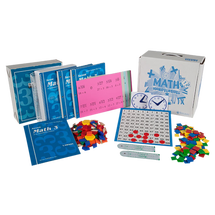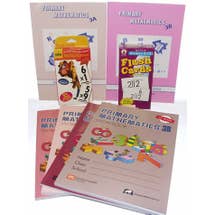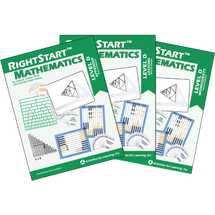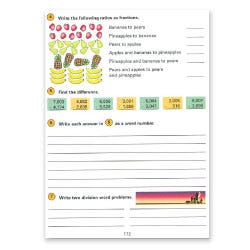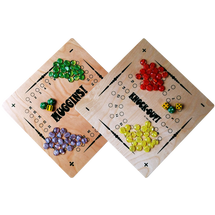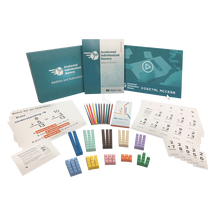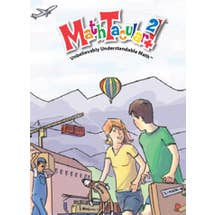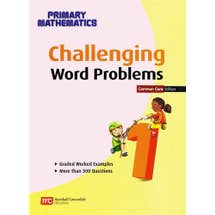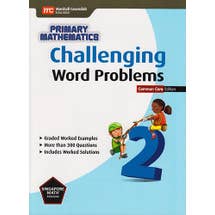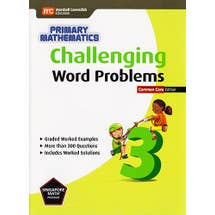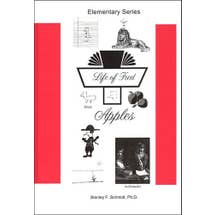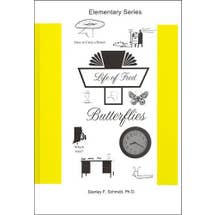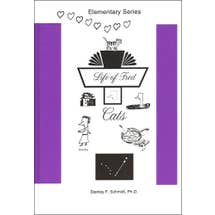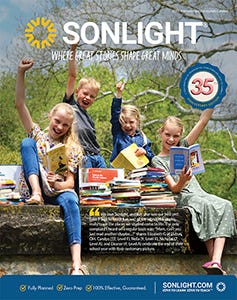We use cookies for performance, analytics and marketing. By using this site, you agree to our use of cookies. For more information, view our Cookie Notice and Privacy Policy.
3rd Grade Math
Discover the best math curriculum options for third graders, find out what third graders need to know in terms of math, and see tips for teaching math at this grade level.
Third Grade Math Curriculum
Third grade math is pretty easy for an adult, but that doesn’t mean it’s wise to wing it when it comes to teaching your child. A curriculum will keep your child on track with a sequential development of skills. It also provides enough practice problems to help your 3rd grader truly master the concepts.
It’s best to find a math program that works and stick with it for several years. But with that said, if your current program is causing frustration, don’t hesitate to shift math styles! Here are six different programs that are designed for third grade math. Each one is excellent, and your ultimate choice truly comes down to preference.
Dig deeper by referencing the homeschool math comparison chart on this main math page. And to further compare these programs, see the detailed scope and sequence of each. But if you still feel unsure, an Advisor can help you identify which program is a good fit for you.
Horizons 3 Math Program
The lessons in Horizons 3 Math Program cover word numbers up to 1,000,000, parentheses, distributive property, and positive and negative numbers. The scope for 3rd grade Horizons also includes division facts 1-10, advanced multiplication with two-, three-, and four-digit multiplicands, and illustrates the volume of a cube and rectangular prism.
Miquon Math Third Grade
In Miquon Math Third Grade, children learn to view the world mathematically. It uses Cuisenaire Rods and a unique graphic layout to help children discover mathematical patterns and relationships.
Singapore 3 Math Program
In Singapore 3 Math Program, students start with concrete and pictorial math and then move to the abstract stage as they learn mathematics meaningfully (rather than by rote memorization). The Singapore approach encourages active thinking process and problem solving, developing the foundation students need for more advanced mathematics. Read one homeschool mom’s experience with Singapore Math here.
Saxon Math 3 Program
With Saxon Math 3, new concepts are developed through hands-on activities and rich mathematical conversations that actively engage students in the learning process. Concepts are developed, reviewed, and practiced over time with an eye towards thorough mastery.
Math-U-See Gamma
Math-U-See is a mastery-based program, and the focus in the third grade Gamma level is multiplication, especially how this skill is useful in day-to-day life. The program uses a step-by-step approach to make sure the third grade student fully understands multiplication facts. It starts with graphics that help with skip counting, then moves to basic multiplication problems, and finally to more complex multistep equations. You’ll need the Integer Block Kit—a 133-piece manipulative block set that illustrates the math values with various colors.
RightStart Math
RightStart Level D for third grade builds on the multiplication and division knowledge your student has already acquired from previous grades. Each lesson includes math card games designed to teach through fun. On the geometry front, third graders learn fractions and graphing with this program. Read one mom’s experience with RightStart here.
Third Grade Math Worksheets
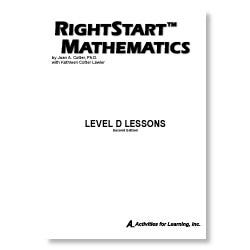

RightStart Mathematics D Worksheets:
- Area on the multiplication table
- The short multiplication table
- Area of tangram pieces
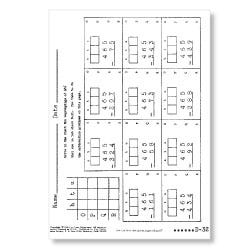

Miquon Math Worksheets
- from the Purple book: subtraction and sets
- from the Yellow book: addition, division, multiplication
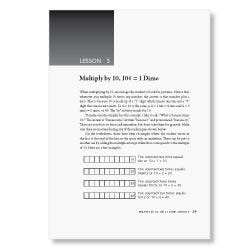

Math-U-See Gamma Worksheets:
multiply by 10, 10¢ = 1 dime
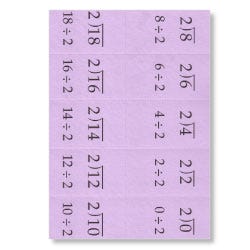

Saxon Math 3 Worksheets
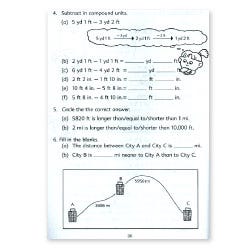

Singapore 3 Math Worksheets
- subtract in compound units (feet and inches, kg and g, pounds and ounces)
- word problems with compound units
- addition and subtraction word problems
- place value and multi-step word problems
Third Grade Math Lessons
Third grade math lessons focus on review of addition and subtraction facts as well as mastering multiplication facts. Fluency with multiplication facts takes time and a great deal of repetition. Your student needs ample opportunity to practice—with lots of patience from you, the teaching parent. Expect mistakes. When they happen, patiently review. Use a variety of techniques to help your child master the times tables: memorization, visualization, rhymes, etc.
Keep lessons short and inject games that provide practice without being taxing or layering the pressure of a grade. Feel free to pace your curriculum according to your child’s needs—either slower or faster.
Third Grade Math Formulas/Charts
Download this free third grade math reference sheet (PDF) for the templates, charts and formulas your third grader will need to know.
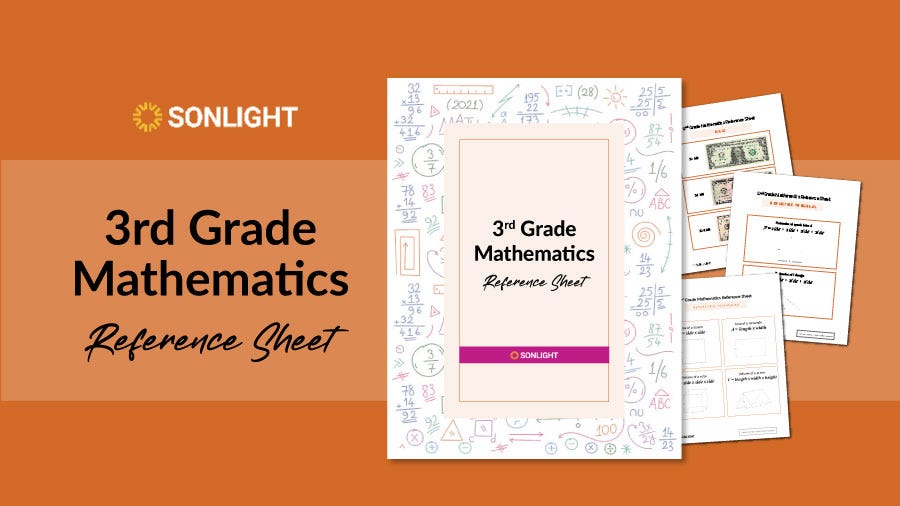

Third Grade Math Problems & Equations
Math for third graders includes problems that cover the following topics:
- Skip counting by 3, 4, 6, 7, 8, 9
- Understanding place value up to 1000s
- Finding perimeter, area, and volume of basic geometric shapes
- Telling time and solving time word problems in minutes
- Word problems involving money
- Solving two-step word problems using pictures, charts, or graphs
- Basic fractions
Third Grade Math Numbers & Operations
By third grade, students have a better understanding of numbers and how to use this knowledge to solve real world problems. Many problems will require them to combine their past knowledge of addition and subtraction with their newfound knowledge of multiplication.
Encourage your third grader to think about the expected outcome: Will the answer be larger than the numbers in the problem? Or does something in the problem indicate that it will be smaller?
Help them think of a strategy to solve the problem before they attempt to produce an answer. Manipulatives and pictures are still helpful as third graders make the transition from the concrete to the abstract.
Third Grade Math Pre-algebra & Algebra
By third grade, students should have some experience in algebraic thinking. They should be able to find a missing addend, subtrahend (a number subtracted from another), or factor when given a simple equation such as 3 x ? = 18. This type of algebraic thinking is laying a strong foundation of success with higher level math in later years.
Third Grade Math Games
Continue to incorporate math games into your daily life. You can use simple playing cards, make your own bingo cards, or use sidewalk chalk to practice math facts. You can use cooking to teach doubling or halving recipes—fractions! With your attitude towards the usefulness of math, you can show your student math is both practical and enjoyable!
Third Grade Math Standards
Adoption of Common Core Standards varies state by state. Notwithstanding, these standards are an excellent outline by which to evaluate your curriculum and assess your child’s progress.
See the Grade 3 Common Core Math Standards here.
If you’re looking for a math curriculum that aligns with Common Core State Standards, both Math-U-See and Saxon fit the bill. All the concepts are taught, but the order may deviate from the order prescribed in the standards.
Third Grade Math State Tests
Third grade is when standardized testing begins. These tests help the teachers and administration track the progress of the student body as a whole as well as the progress of individual students.
Most states in America use the Common Core Standards and have state assessments that measure proficiency with those standards. Check with your state to find out what test is required and if homeschoolers are exempt or not.
Third Grade Math Questions/Vocabulary
In addition to the mathematical vocabulary that your student has already learned in kindergarten, first grade, and second grade, here are terms that may be introduced or reviewed in math for third graders:
- Factor
- Product
- Divisor
- Dividend
- Quotient
- Remainder
- Area
- Commutative property of addition
- Commutative property of multiplication
- Associative property of addition
- Associative property of multiplication
- Compatible numbers
- Inverse operations
- Regrouping
- Array
- Least common multiple
- Greatest common factor
- Distributive property of multiplication
- Partial products
- Numerator
- Denominator
- Unit Fractions
- Equivalent fractions
- Polygon, square, rectangle, trapezoid, parallelogram, quadrilateral, rhombus
- Cube, prism, cone, sphere, cylinder
- Face, vertex, edge, base
- Perimeter, area, volume
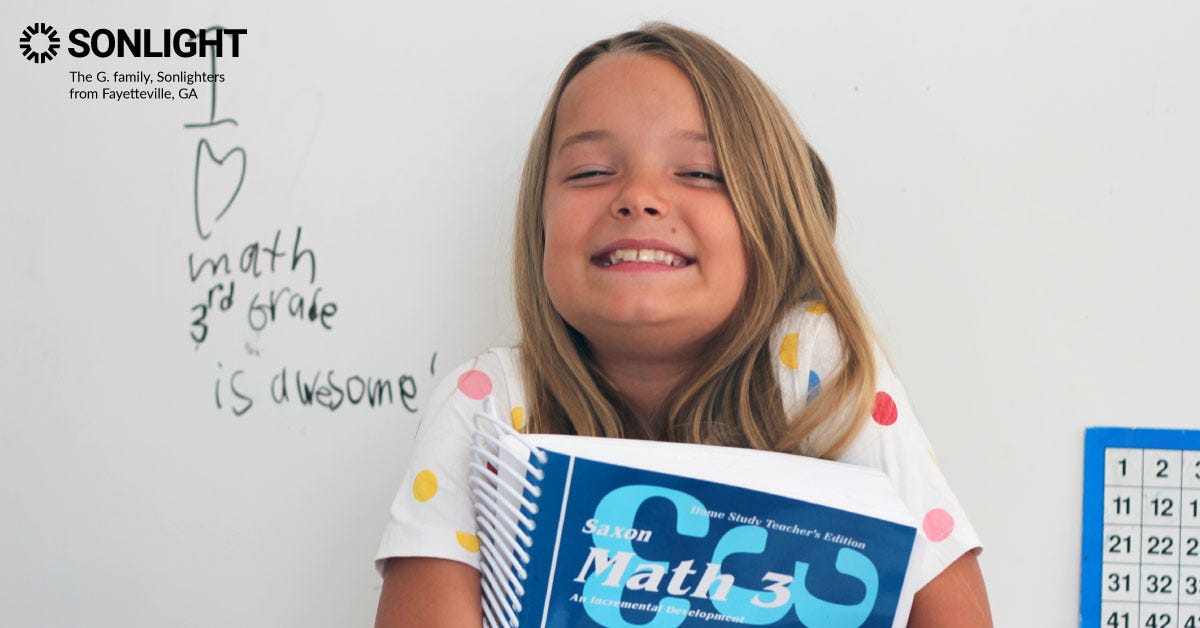

Third Grade Math Materials, Supplements & Manipulatives
Third grade is a great time to start extending your regular curriculum with extras to either satisfy the child who wants to go deeper with math or the student who needs a bit of extra academic support.
Muggins!
MUGGINS! Is a fun way to help your student practice their basic math facts. This game is two sided for added fun!
Accelerated Individualized Mastery (AIM)
If your third grader is still working on mastering addition and subtraction facts, the Accelerated Individualized Mastery (AIM) program from Math-U-See can help! Whether or not you are using the third grade Math-U-See Gamma curriculum, this hands-on accelerated program comes with everything you need to help your student gain the confidence to master single digit addition and subtraction.
MathTacular!
The Mathtacular DVD series uses humor and real-life scenarios to make math fun. Mathtacular 2 is ideal for a third grader. It covers a wide variety of math topics including addition, subtraction, area, perimeter, graphs, place value, money, time, and more.
If you feel that your student needs extra practice in word problems (also called story problems), check out the Challenging Word Problems series from Singapore Math. Even if you are using another math program, this workbook is a perfect third grade supplement to help your child develop critical thinking skills and math strategies. If this is a particular area where your student struggles, feel free to drop back to the level 2 or even level 1 to instill confidence and provide opportunities for success!
Students who think math is boring and irrelevant will find Life of Fred a fun way to enhance their math practice. These hardback books follow Fred as he encounters math in his day-to-day life. No matter your child’s grade, it is recommended to begin with the Apples book and progress through the program in order. As an added bonus, each book in the series adds in non-math topics such as geography, spelling, science and more! Fred can convince even the most reluctant math student that math is fun!
